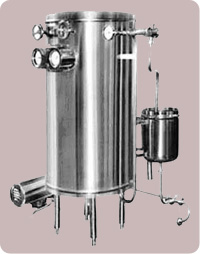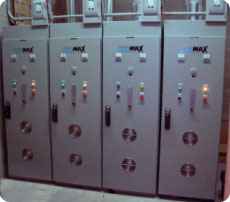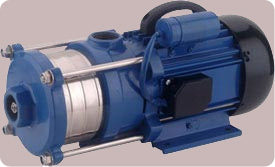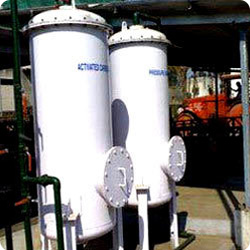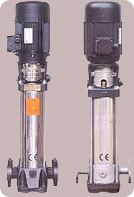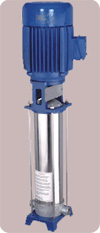Reverse Osmosis Membrane
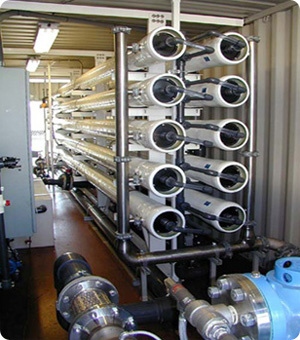
Reverse Osmosis Membrane
Reverse osmosis, also known as hyperfiltration, is the finest filtration available today. It is the most common treatment technology used by premium bottled water companies. It is effective in eliminating or substantially reducing a very wide array of contaminants, and of all technologies used to treat drinking water in residential applications, it has the greatest range of contaminant removal. Reverse osmosis will allow the removal of particles as small as individual ions. The pores in a reverse osmosis membrane are only approximately 0.0005 micron in size (bacteria are 0.2 to 1 micron & viruses are 0.02 to 0.4 microns).
There are two types of reverse osmosis membranes commonly used in home water purification products: Thin Film Composite (TFC) and Cellulose Triacetate (CTA). TFC membranes have considerably higher rejection rates (they will filter out more contaminants) than a CTA membrane, however, they are more susceptible to degradation by chlorine. This is one of the reasons why it is important that a reverse osmosis system include quality activated carbon pre-filters.
A typical RO system is composed of an array of granular activated carbon (GAC) pre-filters, the reverse osmosis membrane, a storage tank, and a faucet to deliver the purified water to your countertop. Reverse osmosis systems vary in membrane quality, output capacity, and storage capacity.
How it Works
Reverse osmosis uses a membrane that is semi-permeable, allowing pure water to pass through it, while rejecting the contaminants that are too large to pass through the tiny pores in the membrane. Quality reverse osmosis systems use a process known as crossflow to allow the membrane to continually clean itself. As some of the fluid passes through the membrane the rest continues downstream, sweeping the rejected contaminants away from the membrane and down the drain. The process of reverse osmosis requires a driving force to push the fluid through the membrane (the pressure provided by a standard residential water system is sufficient - 40 psi+).
Applications
Reverse osmosis is an excellent choice for almost all home water purification needs. It is the most recommended solution for individuals on a pre-treated municipal water system. While reverse osmosis can be very effective in removing bacteria and viruses, it is not recommended that reverse osmosis be the only level of purification for water that contains or may contain biological contaminants (untreated well or lake water, for instance). For these applications consider a combined reverse osmosis / ultraviolet system or the addition of a complementary whole-house ultraviolet system for maximum effectiveness and protection against bacteria and viruses. Since membranes are subject to degrading by chlorine, iron, manganese, and hydrogen sulfide, and to bacterial attack, a sediment pre-filter and an activated carbon pre-filter and/or post-filter should be included with your reverse osmosis system. Water softeners can be used in advance of the RO system when household water is excessively hard to prevent pre-filter and membrane fouling. RO systems are generally the best choice for water contaminated with high nitrite levels as might be found in agricultural areas.
Advantages
very high rejection rate for a wide array of contaminants
very cost effective in the long term, costing as little as 5 cents per gallon of pure water once maintenance and water costs are factored in.
